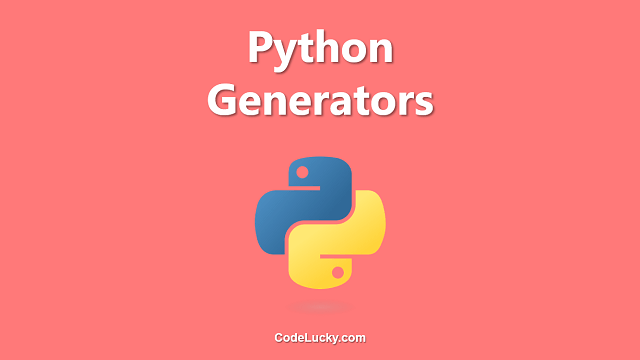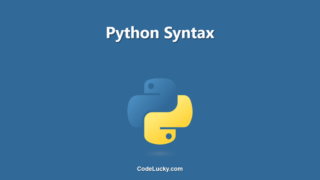Python is a general-purpose programming language that supports multiple programming paradigms, including procedural, functional, and object-oriented programming. It is known for its simplicity, readability, and ease of use, making it an ideal choice for beginners and experienced programmers alike.
One of the fundamental building blocks of any programming language is Boolean values, which represent logical expressions that are either true or false. In Python, Boolean values are represented by the keywords “True” and “False”. However, there is also a third keyword in Python that is sometimes used in Boolean expressions – the “False” keyword.
In this tutorial, we will take a closer look at the “False” keyword in Python and understand how it is used in Boolean expressions.
What is a Boolean Expression?
A Boolean expression is an expression that evaluates to either “True” or “False”. Boolean expressions are typically used in conditional statements and loops to control program flow.
For example, consider the following code snippet:
x = 5
if x > 0:
print("x is positive")
else:
print("x is zero or negative")
In this code snippet, we are using a Boolean expression “x > 0” to check whether the value of x is positive or not. If the Boolean expression evaluates to “True”, we print “x is positive”. If it evaluates to “False”, we print “x is zero or negative”.
The True and False Keywords in Python
As mentioned earlier, Python has two built-in Boolean values – “True” and “False”. These keywords are used to represent logical values that are either true or false. The “True” keyword represents a Boolean value that is true, while the “False” keyword represents a Boolean value that is false.
For example, consider the following code snippet:
a = True b = False print(a) print(b)
In this code snippet, we are assigning the Boolean value “True” to the variable “a” and the Boolean value “False” to the variable “b”. We are then printing the values of these variables using the print() function.
When we run this code, the following output is displayed:
True False
Using the “False” Keyword in Python
While the primary use of the “False” keyword in Python is to represent Boolean values that are false, it can also be used as a short form for an empty or null value.
For example, consider the following code snippet:
a = None
if a:
print("a is not None")
else:
print("a is None")
In this code snippet, we are assigning the value “None” to the variable “a”. We are then using the Boolean expression “a” to check whether the value of “a” is not None. Since the value of “a” is “None”, which is equivalent to “False” in Boolean expressions, the condition evaluates to “False”, and the output is “a is None”.
Now, let’s modify the code and use the “False” keyword instead of “None”:
a = False
if a:
print("a is not None")
else:
print("a is None")
In this modified code snippet, we are assigning the value “False” to the variable “a”. We are then using the Boolean expression “a” to check whether the value of “a” is not None. Since the value of “a” is “False”, the condition evaluates to “True”, and the output is “a is not None”.
Conclusion
In this tutorial, we took a closer look at the “False” keyword in Python and understood how it is used in Boolean expressions. We learned that the primary use of the “False” keyword is to represent Boolean values that are false, but it can also be used as a short form for an empty or null value.
By understanding Boolean values and expressions, you will be able to write more robust and efficient code that can perform complex logical operations with ease.







